Roman agriculture was a crucial aspect of the ancient Roman economy and society. It was the backbone of the Roman Empire and played a significant role in shaping its history. Roman agriculture was a complex system that involved various techniques, tools, and practices that allowed farmers to maximize their yields and produce enough food to feed the growing population.
The historical context of Roman agriculture is essential for understanding the evolution of agricultural practices in the Roman Empire. During the Republic, small landowners were the primary producers of food, and agriculture was mainly subsistence-based. However, with the expansion of the Empire, large estates owned by wealthy landowners became the norm, and agriculture became more commercialized. This shift led to the development of new techniques and tools that allowed farmers to increase their productivity and efficiency.
Key Takeaways
- Roman agriculture played a vital role in the ancient Roman economy and society.
- The historical context of Roman agriculture and farming is crucial to understanding its evolution.
Roman Agriculture: Historical Context of Roman Farming
Influence of Conquest on Roman Agriculture
The agricultural practices of the Romans were heavily influenced by their conquests. As Rome expanded its territory, it encountered new climates, soils, and crops. The Romans adapted to these new conditions by adopting new farming techniques and introducing new crops to their own lands. For example, the conquest of Egypt brought new crops such as wheat, barley, and flax to Rome. Similarly, the conquest of Spain brought new crops such as olives and grapes.
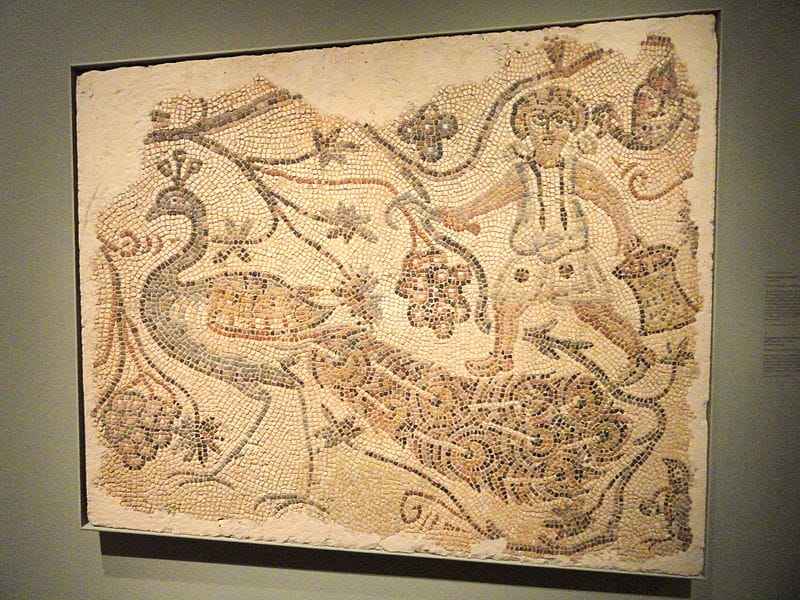
Role of Slaves and Small Farms
Slavery played a significant role in Roman agriculture, as slaves were used extensively in Roman agriculture, especially on large estates. However, small farms were also common in Rome, and many were worked by free peasants. These small farms were often more productive than large estates, as they were better able to adapt to local conditions and had a greater incentive to maximize their output.
The Roman Republic and the Empire both made efforts to promote agriculture. The Ager Publicus, or public land, was distributed to citizens for farming. The government also provided loans and subsidies to farmers and encouraged the development of new technologies such as irrigation systems and crop rotation.
Top 5 Agricultural Techniques and Tools
1. Roman Agriculture: Land Management and Crop Rotation
One of the most important techniques used in Roman agriculture was crop rotation. Farmers would alternate the crops they planted each year to prevent soil depletion and maximize yields. This technique was especially important in areas with poor soil quality, where it was necessary to give the land time to recover between crops. In addition to crop rotation, Roman farmers also used a variety of tools to manage their land, including hoes and sickles.
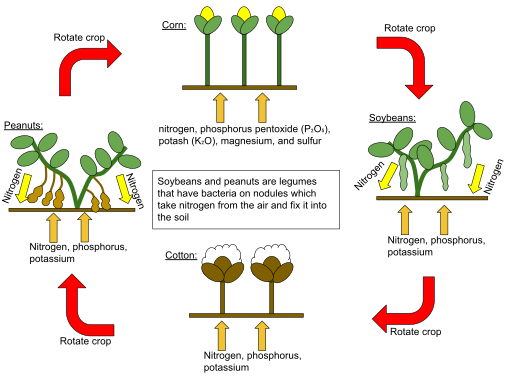
Managing land effectively was key to successful farming. Romans prepared their fields by plowing and tilling the soil, which made it easier for seeds to grow by improving airflow and nutrient absorption. They also built sophisticated water management systems, such as aqueducts and irrigation channels, to control the water supply and ensure that crops received consistent moisture.
The land was often divided into small plots, which helped farmers organize their work and make the best use of available space. This division also made it easier to implement crop rotation and allow fields to rest during fallow periods. Organic matter like manure and compost was added to the soil to keep it fertile and productive.
2. Roman Agriculture: Irrigation and Climate Adaptation
Irrigation was another important aspect of Roman agriculture, particularly in dry regions where water was scarce. Romans constructed impressive irrigation systems, including aqueducts to transport water from distant sources and channels or ditches to distribute it across fields. They also developed a deep understanding of local climate patterns and adapted their farming practices accordingly. For example, in areas with high rainfall, farmers would plant crops that could withstand excess moisture, while in drier areas, they would use drought-resistant crops. They also used tools like the Archimedean screw, which helped lift water from lower levels to higher ground. This allowed farmers to cultivate crops even in areas with insufficient natural rainfall.

Source: JC Maxwell, CC BY 3.0 https://creativecommons.org/licenses/by/3.0, via Wikimedia Commons
Romans also built storage facilities, like cisterns, to collect and store rainwater for use during dry periods. In more temperate areas, they focused on soil management practices such as adding organic fertilizers and implementing crop rotation to maintain soil fertility.
3. Roman Agriculture: The Roman Plough and Harvesting Methods
One of the most important tools used by Roman farmers was the plough. The Roman plough was designed to break up tough soil and turn it over, allowing for better aeration and water retention. It was also equipped with a mouldboard that could be adjusted to control the depth and angle of the furrow. In addition to the plough, Roman farmers used a variety of other tools to harvest their crops, including sickles, scythes, and threshing machines. The plough was drawn by oxen or other draft animals, which helped farmers break up the soil and prepare it for planting. The use of the plough made it easier to turn over the soil and incorporate organic matter, which improved its fertility.
When it came to harvesting, Romans used various methods depending on the type of crop. For grains like wheat and barley, they employed sickles—curved, hand-held blades that allowed them to cut the stalks close to the ground. After cutting, the grain was usually gathered into sheaves and then threshed to separate the edible parts from the chaff. Threshing was done using a tool called a “tribulum,” a wooden board with metal or stone fragments that was dragged over the grain to remove the husks.
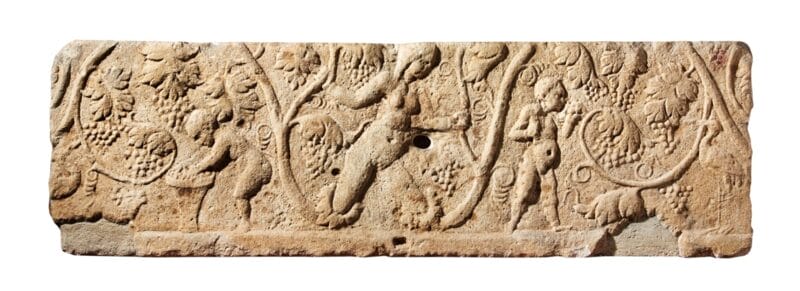
4. Roman Agriculture: The Use of Organic Fertilizers
Organic fertilizers were a key part of maintaining soil fertility and boosting crop yields. Farmers used various types of organic matter to enrich their fields. Animal manure was one of the most common fertilizers – it provided essential nutrients like nitrogen, phosphorus, and potassium that plants need to grow. Manure from cows, horses, and sheep was often collected and spread across fields or mixed into the soil.
Romans also used compost made from decaying plant material, kitchen scraps, and other organic waste. This compost helped improve soil structure and water retention, making it easier for plants to take up nutrients. Ash from burned plant material, such as straw or wood, was another important fertilizer. It added potassium and other trace elements to the soil. Farmers have sometimes mixed ash with manure or compost to enhance its effectiveness.
Roman Agriculture: Tools – The Sickle and the Tribulum
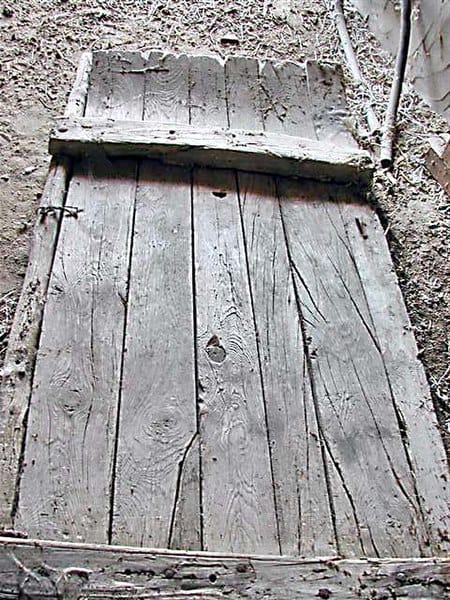
Besides the plough, the sickle is also of vast importance, a curved blade used for harvesting grain. The sickle allowed farmers to cut stalks of wheat, barley, and other cereals with precision. After harvesting, Romans used a tool called the tribulum for threshing. The tribulum was a wooden board with metal or stone fragments that was dragged over harvested grain to separate the edible seeds from the husks.
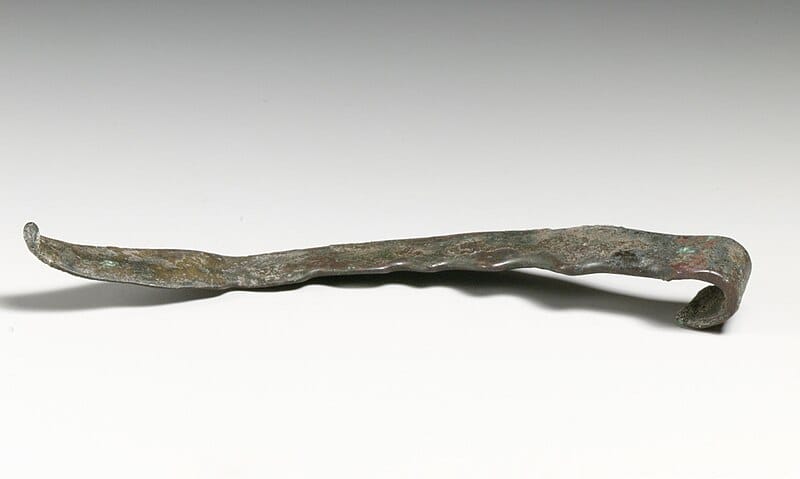
For planting, Romans used a variety of hand tools, including hoes, to prepare the soil and create planting furrows. They also employed harrows, which were dragged over the soil to break up clumps and level the surface after plowing.
Romans used various storage solutions to preserve their harvests. Granaries and warehouses were built to store grains safely. They also developed techniques for milling and processing crops. For example, they used mills with rotating stones to grind grain into flour.
People Also Ask:
What crops were commonly cultivated by Roman farmers?
Roman farmers cultivated a wide variety of crops, including cereals such as wheat, barley, and oats, as well as legumes like beans and lentils. They also grew fruits, vegetables, and herbs, such as grapes, olives, figs, apples, pears, onions, garlic, and mint. Additionally, Romans raised livestock, including cattle, sheep, pigs, and chickens.
How did ancient Roman agricultural techniques influence modern farming?
Many of the agricultural techniques used by ancient Romans are still used today. For example, crop rotation, irrigation, and the use of manure as fertilizer were all practices used by Roman farmers that are still common in modern farming. The Romans also developed new tools and machines, such as the plow and the sickle, that revolutionized farming and made it more efficient.
What tools did farmers in ancient Rome typically use?
Farmers in ancient Rome used a variety of tools, including the plow, the sickle, the hoe, and the rake. The plow was used to prepare the soil for planting, while the sickle was used to harvest crops. The hoe and the rake were used for weeding and other tasks.
Can you describe the daily life of a farmer in ancient Rome?
The daily life of a farmer in ancient Rome was hard and labor-intensive. Farmers rose early in the morning and worked until late in the evening, often in extreme weather conditions. They tended to their crops and livestock, repaired tools and equipment, and performed other tasks necessary to maintain their farms. Despite the challenges, many farmers took pride in their work and found satisfaction in seeing their crops grow and thrive.
What were the innovations in Roman agriculture?
The Roman Empire introduced many innovations in agriculture, including the use of aqueducts for irrigation, the breeding of new varieties of crops and livestock, and the development of new tools and machines. The Romans also introduced new agricultural practices, such as the use of crop rotation and the cultivation of new crops, such as the chickpea and the lentil.
How did agricultural trade function in the context of the Roman economy?
Agricultural trade was an important part of the Roman economy. Farmers traded their crops and livestock with other farmers and with merchants who sold their goods in markets and other commercial centers. The Romans also engaged in long-distance trade, importing crops and other goods from other parts of the empire and beyond. Agricultural trade helped to fuel the growth and prosperity of the Roman Empire, and it remains an important part of the global economy today.
Hello, my name is Vladimir, and I am a part of the Roman-empire writing team.
I am a historian, and history is an integral part of my life.
To be honest, while I was in school, I didn’t like history so how did I end up studying it? Well, for that, I have to thank history-based strategy PC games. Thank you so much, Europa Universalis IV, and thank you, Medieval Total War.
Since games made me fall in love with history, I completed bachelor studies at Filozofski Fakultet Niš, a part of the University of Niš. My bachelor’s thesis was about Julis Caesar. Soon, I completed my master’s studies at the same university.
For years now, I have been working as a teacher in a local elementary school, but my passion for writing isn’t fulfilled, so I decided to pursue that ambition online. There were a few gigs, but most of them were not history-related.
Then I stumbled upon roman-empire.com, and now I am a part of something bigger. No, I am not a part of the ancient Roman Empire but of a creative writing team where I have the freedom to write about whatever I want. Yes, even about Star Wars. Stay tuned for that.
Anyway, I am better at writing about Rome than writing about me. But if you would like to contact me for any reason, you can do it at contact@roman-empire.net. Except for negative reviews, of course. 😀
Kind regards,
Vladimir
